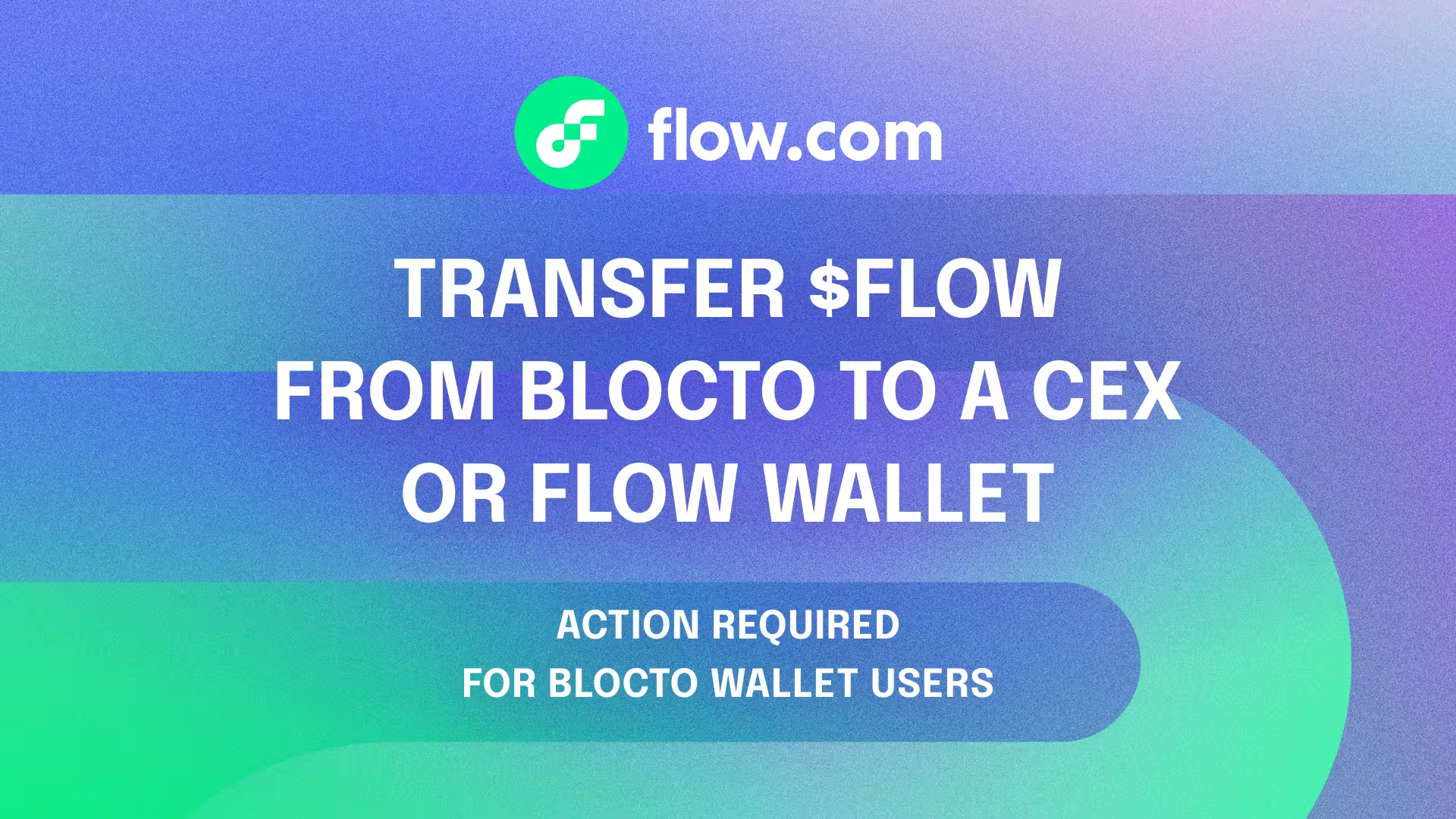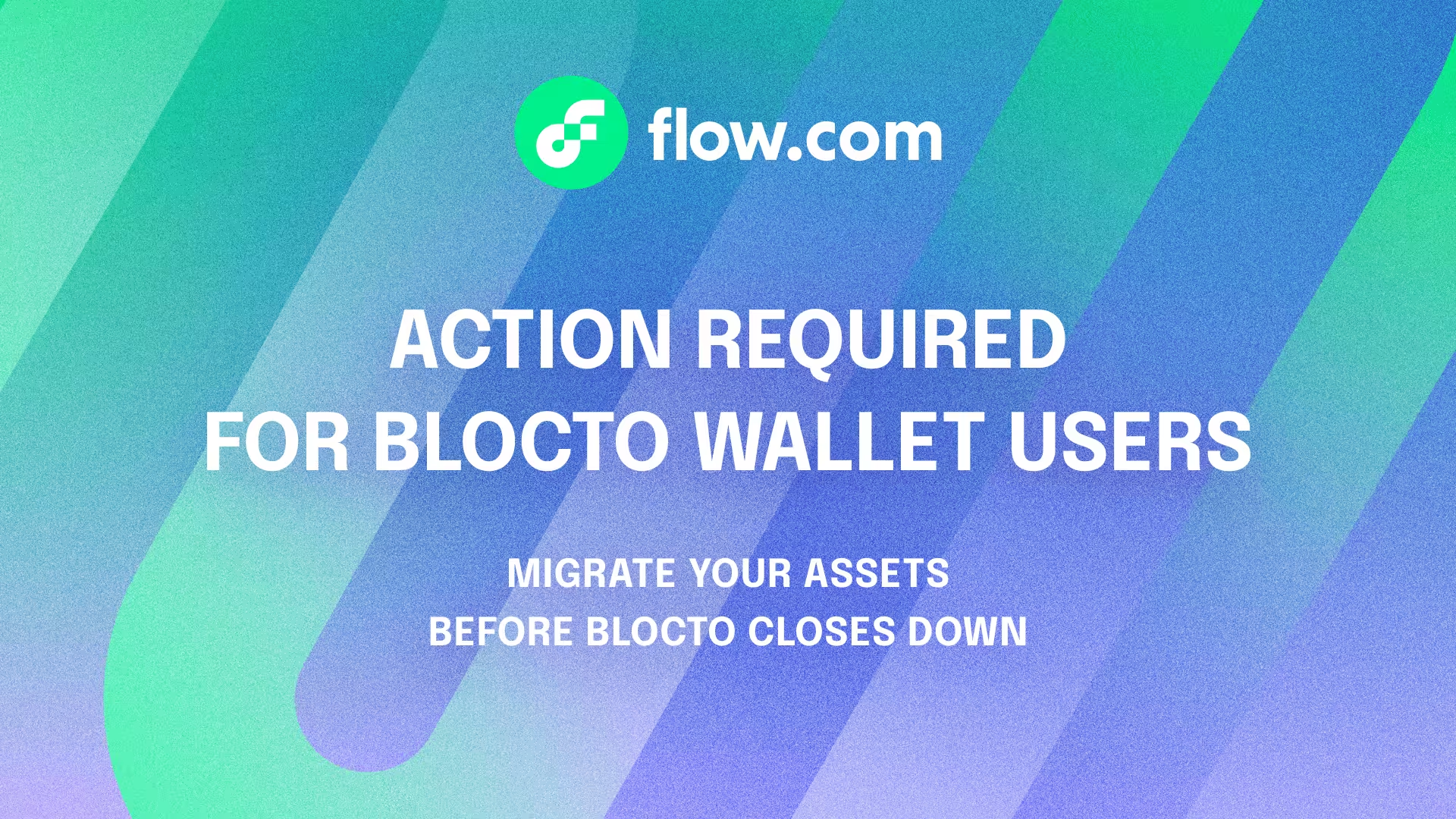
Why are communities important?
Think of a local restaurant chain wanting to create a community of food-lovers around their brand. As they look for engagement in available channels, they might turn to advertisements, running a facebook page, or organizing a local charity event to get the attention of residents. The rationale for creating a sense of belonging is motivated by customer acquisition: the more people talk about and feel connected to the restaurant chain, the more are they likely to come in for dinner.
Now let’s turn to a different hypothetical scenario: the restaurant chain is co-managed by all of the customers who step in. With different responsibilities, each of them have a minimal role to play for the restaurant to succeed. Perhaps some of the customers are even invested in the business and have an active interest in its financial success. An operational nightmare on its own, the second scenario reflects the running of a blockchain startup more often than the first one. For those projects, communities are often crucial in that they not only support the project, they make the project.
Blockchain brings an entirely new meaning to communities around projects.
Namely, decentralized blockchains come with decentralized applications (dapps) which can be potentially forked, copied, or have their assets repurposed. Take, for example, a dapp based around non-fungible tokens (NFT’s). NFT’s minted on-chain exist independently of the minter and can be incorporated into smart contracts different from the originally-intended one. What’s called extensibility essentially means that not only can the NFT’s exist outside of the initial dapp, new functionalities can also be developed independently to complement the primary application.
To come back to our restaurant analogy, take a look at CryptoKitties, the first-ever large-scale NFT game developed by Dapper Labs. In a sense, CryptoKitties’ owners were at no point regular customers. After having bought or received their first NFT CryptoKitty, they became the owners of an extensible token which will exist on-chain forever, regardless of Dapper Labs. But the longevity of tokens isn’t what gives communities exceptional meaning in the blockchain ecosystem. It’s the ability for CyptoKitty owner’s to create their own application around the NFT’s and have other people use it. This is how the KittyVerse was born in which Kitties can battle each other, have their genes explained, or even be used as collateral for fungible ERC-20 tokens (WCK) or NFTfi loans, all taking place in a permissionless environment: no special authorization from Dapper Labs needed! This scenario is just one example of how communities interact differently with projects in the blockchain world but it very well shows their importance.
So, how do I build and maintain a community?
Define your audience
First things first, you need to know who you’re talking to. As Aristotle said, a good communicator needs to “see how to compose our speeches so as to adapt both them and ourselves to our audiences.” It’s not only the message that needs to adapt to the community, it’s also the character of the messenger. Both of those depend significantly on the characteristics of the community.
One avenue of defining your audience revolves around blockchain knowledgeability.
Because we’re still in an early growth period, the blockchain and dapp environment are still very novel to an outsider. Managing wallets and private keys or dealing with gas all prove to be significant barriers to entry. Consequently, a user’s ability to overcome these obstacles differentiates between informed and uninformed audiences.
All of those audiences will require varying approaches in your community-building efforts and overall product development. For example, chances are your blockchain-uninformed audience will not get hooked on the vision of decentralization. The same way developers might not want to see surface-level analysis of a problem your project seeks to solve. In order to rally a community around your message, it needs to be tailored to the needs of a particular group: targeting everyone essentially means targeting no one.
Set a vision
A sense of mutual effort aimed at a larger mission needs to exist for communities to develop and grow. How large it is will depend on your project’s scope but there can be no community without people believing in the idea.
When starting a project, you will naturally have thoughts on the guiding vision. The challenge is to take those loose thoughts and organize them into a coherent idea, ready to be presented to your community. Take the concept of another Dapper Labs’ dapp, NBA Top Shot which is centered around collectingNBA highlights (“Moments”):
“A new generation of fandom has arrived. Join our community of NBA die-hards owning Moments: revolutionary collectibles featuring the best NBA highlights.”
The idea is this: to present NBA fans with a revolutionary blockchain collectible allowing them to own a piece of the on-court action. Simple but effective in rallying a community behind it, a vision will help you in both community-building efforts and keeping your focus.
Choose your channel(s)
Next up, it’s time to choose the channels. As with setting a vision, channels should be tailored towards your community. To give you several examples:
Twitter is one of the more broader channels, able to reach many types of audiences. It’s particularly well-suited for brief messages, announcements, and quick interactions between your community members.
Reddit, similarly to Twitter, can be used to communicate with broader audiences but gives more room to free-flowing discussions, community-driven support, and having your subreddit shared.
Telegram is a particularly popular platform in the blockchain ecosystem, partly due to its security features. It gives your community the ability to communicate in real time using a scrollable text chat freely.
Discord has dramatically evolved in the past years from a gaming-oriented platform to a more encompassing place, including blockchain startups. They provide vast customization possibilities for your server. Discord is worth considering, when your audience is new to blockchain and/or your project revolves around the gaming world.
LinkedIn is the go-to platform for professionals, and as such offers unique networking and business development opportunities. If you’re able to provide quality content, chances are you’ll get noticed by the field.
Rocket.Chat is an open-source alternative to Slack especially popular in the developer community. With many useful features built-in, including support for multiple channels, Rocket.Chat can be used for both community building and team communications.
To provide you with an example of a coherent strategy, take a look at Flow. By using a Discord server, Flow was able to create space for their community members to communicate in real time, build relationships, and assist each other in all blockchain-related matters.
Get people excited
Thanks to the buzz you’re able to generate, your community will grow using word of mouth in various channels, e.g., organic posts on reddit pointing to your subreddit. Every avalanche of excitement starts with a pebble, however, and it’s your responsibility to not only get it rolling but keep adding to it. After getting some traction, remember not to rest on your laurels as attention breeds attention when supported.
Practical actions to be taken range from appropriately-placed announcements of new features, through time-limited events, to making members of your community feel special, e.g., by awarding early adopters. Creating a solid community base in the early days will serve you well when your project grows.
Bottom line: make your community feel wanted and they’ll end up wanting to stay.
Be transparent
This last advice is crucial in the blockchain world:
To gain peoples’ trust in a trustless environment isn’t easy but ultimately well worth the effort.
No sentiment is unchangeable in our industry and to be transparent with the community allows you to avoid people turning against you. Let them know when everything is going as planned and when things go wrong, and keep in mind that it’s better to under-promise and over-deliver than the other way around.
To set realistic expectations is to not fall into the short-lived excitement trap, but rather set a course and follow-through: your community will see that commitment and come to appreciate it.
But being transparent isn’t limited to rough times. By timely communicating and keeping your community updated, they’ll know what to expect from you, which is essential for a market where snake oil salesmen and empty words aren’t uncommon.


















